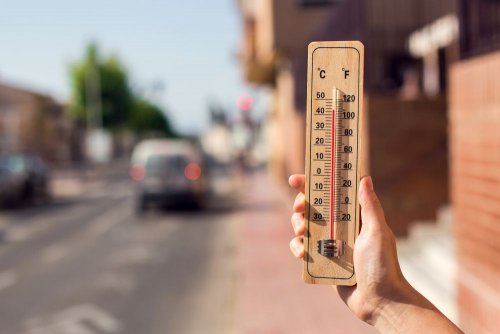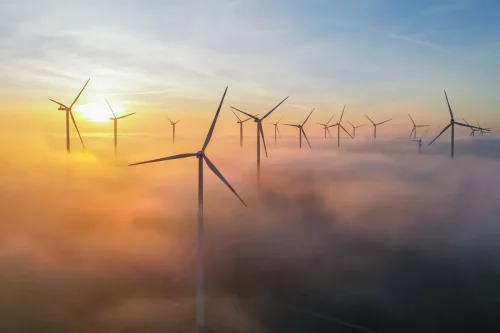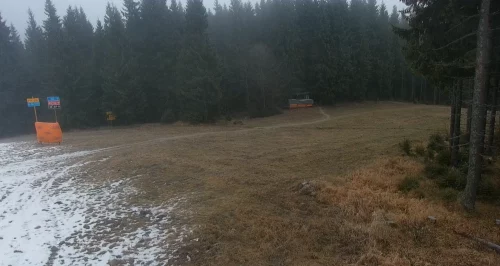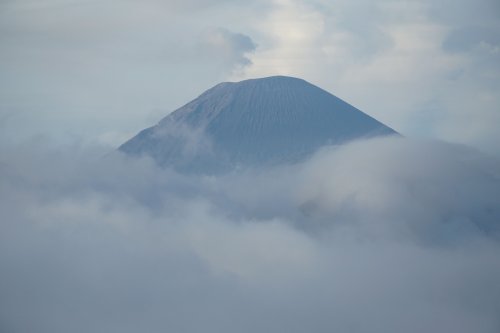In Venice, due to low tides and lack of precipitation, part of the canals have become shallow, and gondolas, water taxis and ambulances cannot move through them.
Experts from the environmental group Legambiente said that Italian rivers and lakes are not suffering from a serious water shortage for the first time, The Guardian reports.
The report said weeks of dry winter weather had raised concerns that Italy could face another drought. In the summer of 2022, the country and part of Europe faced the worst drought in the last 500 years. In 2022, less than half of the snow norm fell in the Alps.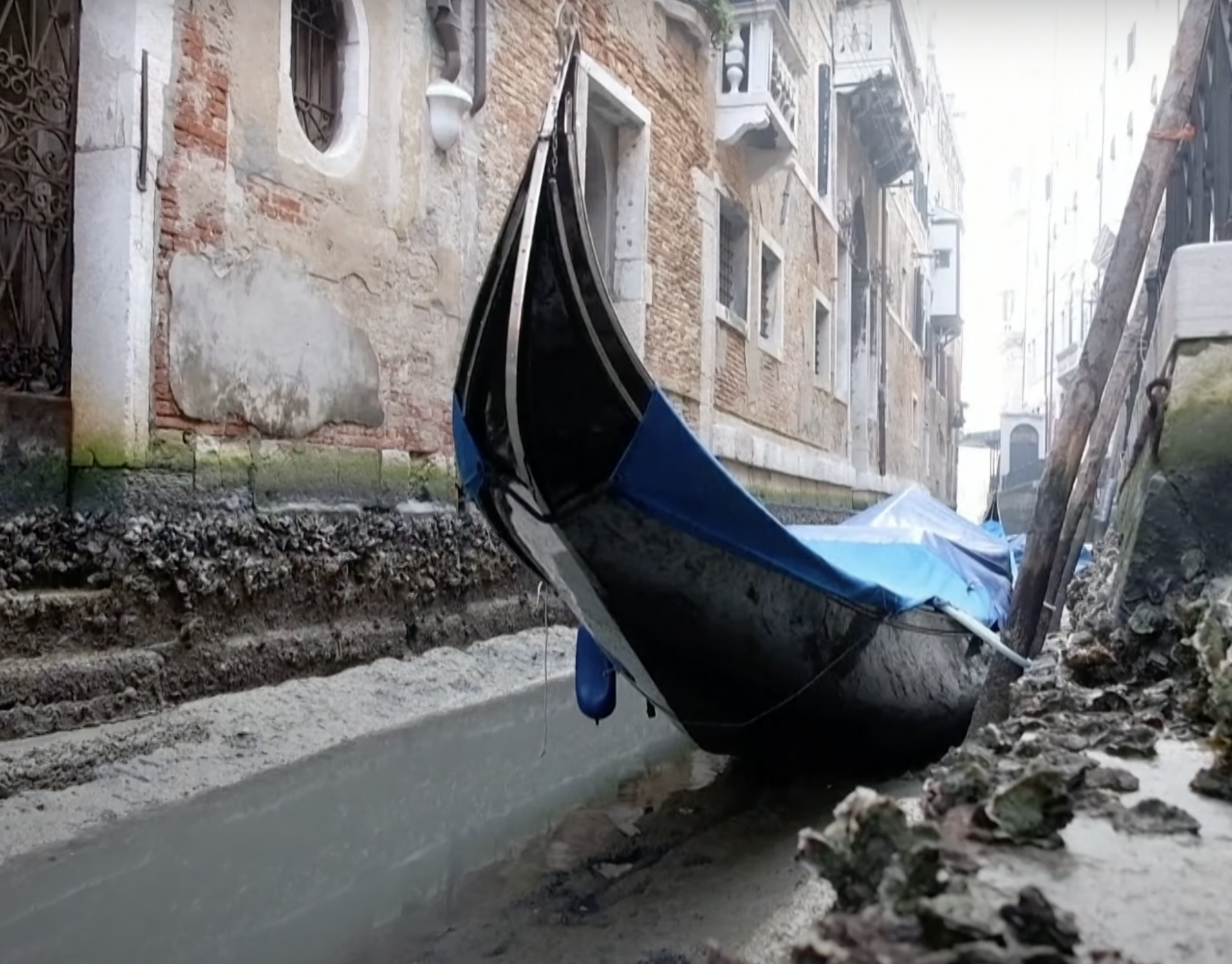
It said Italy's longest river, the Po, which runs from the Alps in the northwest to the Adriatic, currently has 61% less water than usual for this time of year. The country is in a situation with a water shortage, which has been accumulating since the winter of 2020-2021. It takes 50 days of rain to "fix" it.
The authors emphasized that the traditional problems of Venice were floods. Shoaling is associated with lack of rain, high pressure, full moon and sea currents.
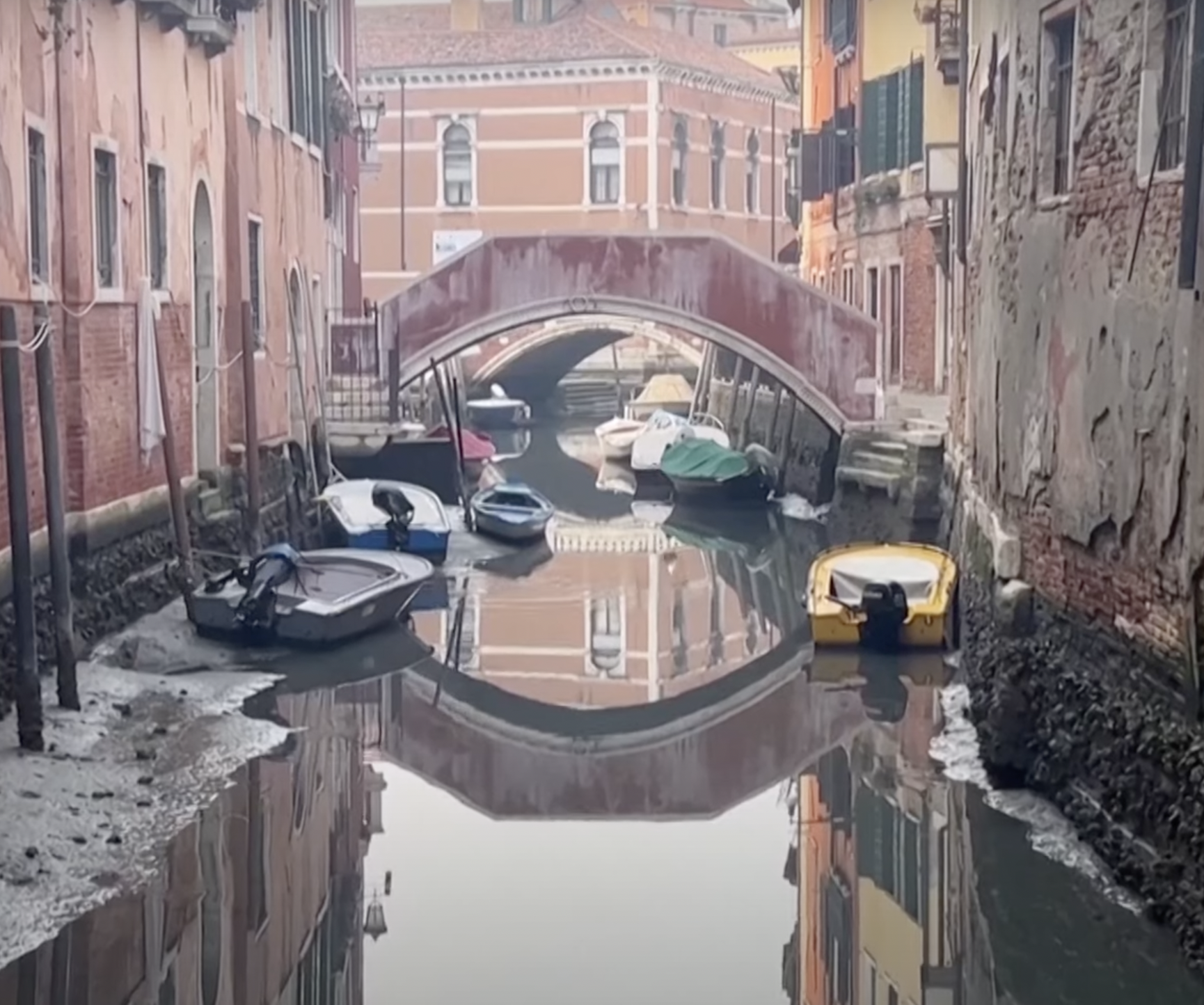
The article emphasized that the water level on Lake Garda in northern Italy has fallen to a record low level, making it possible to reach the small island of San Biagio on the lake by an open road.
"For 15 days, an anticyclone prevails in western Europe, which brings moderate temperatures, which are usually observed in late spring," the authors added.
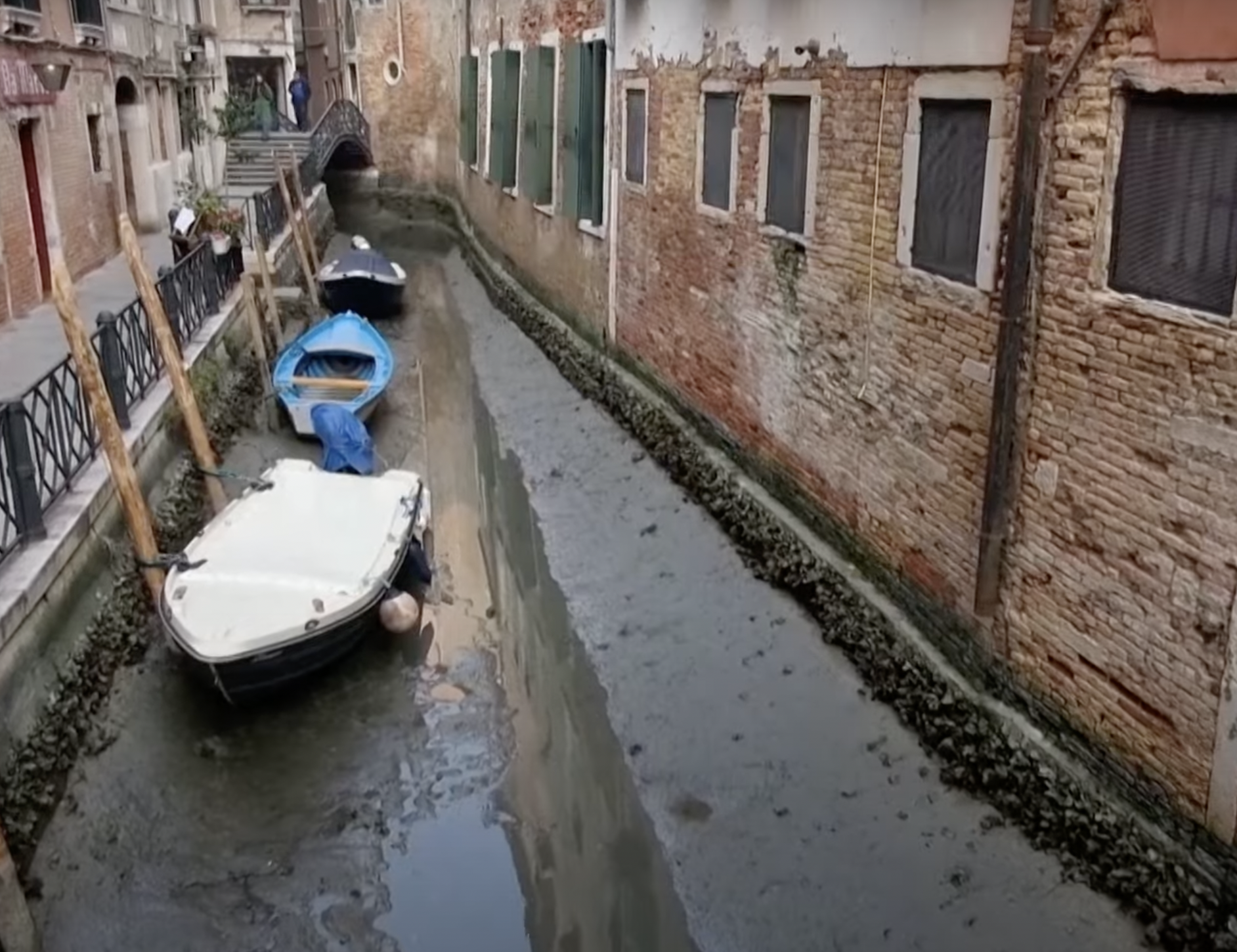
According to meteorologists, the necessary precipitation and snow will soon fall in the Alps.
Earlier, EcoPolitic wrote, that in the summer of 2022, Europe faced the worst drought in half a millennium. The water level in the rivers dropped so much that the so-called hunger stones came to the surface, predicting a bad harvest and famine, and the operation of river transport in some areas became impossible.
As EcoPolitic previously reported, announced in Italy state of emergency in five regions, as more intense droughts and heat damage agriculture and energy supplies.


